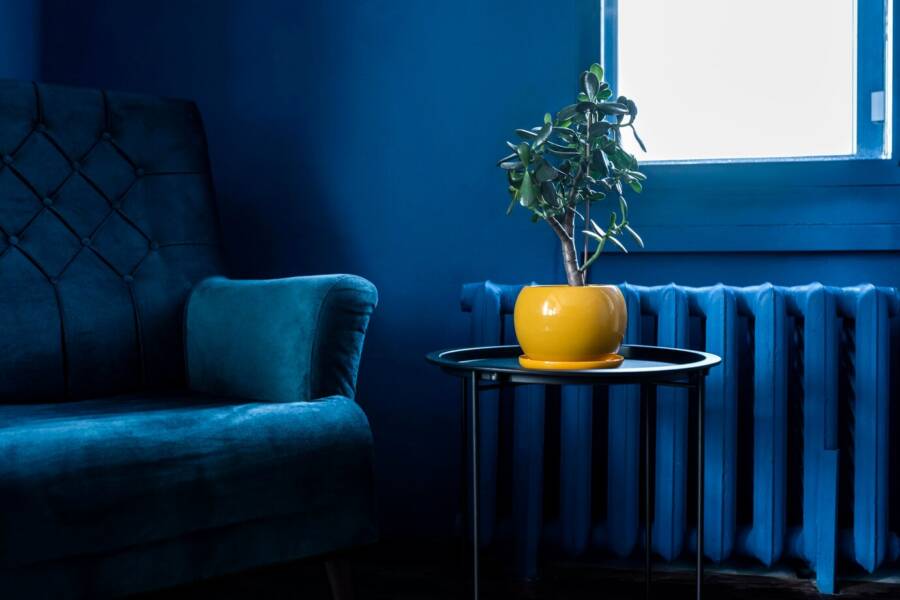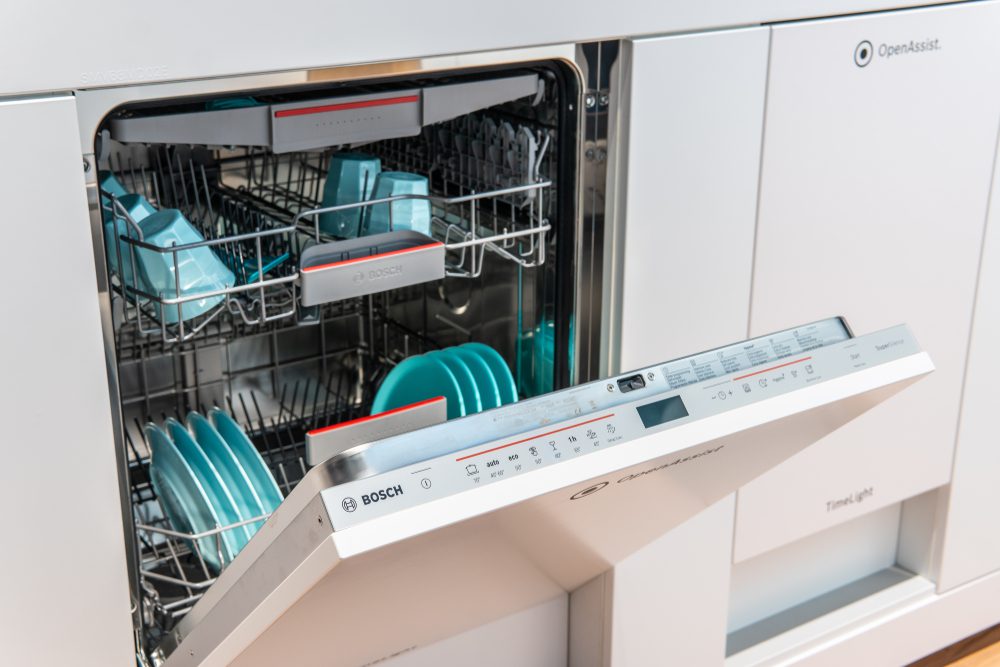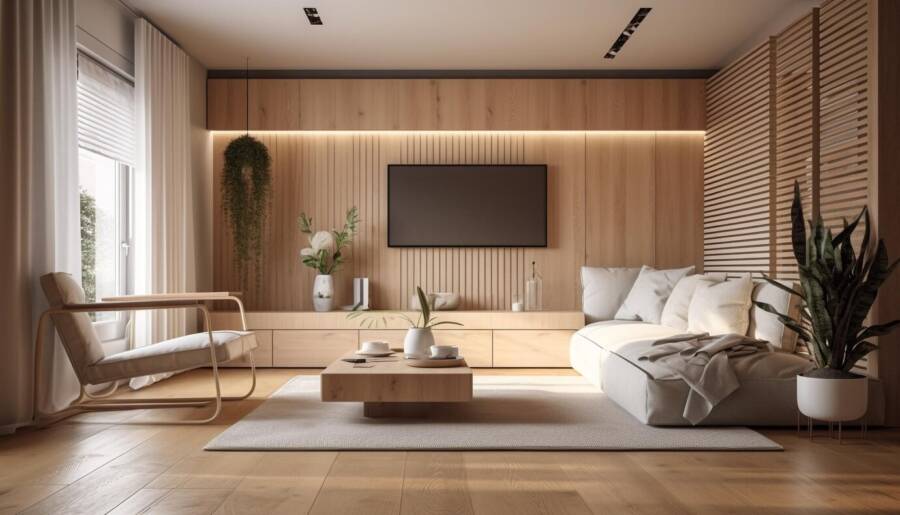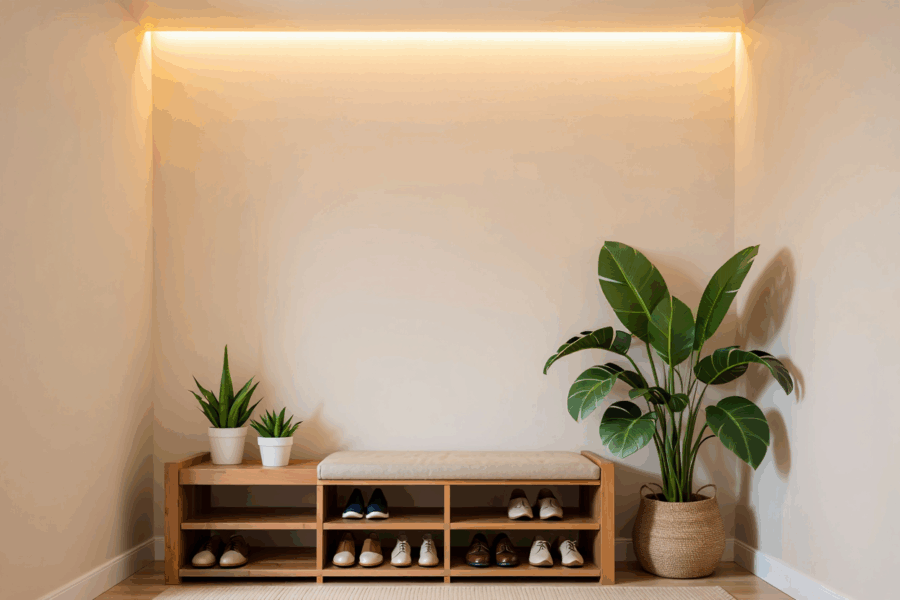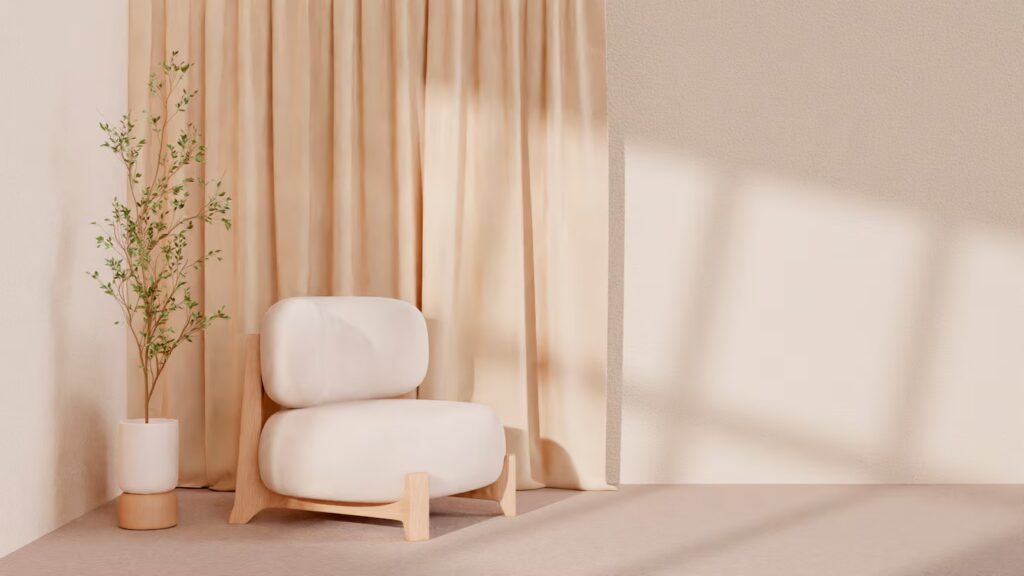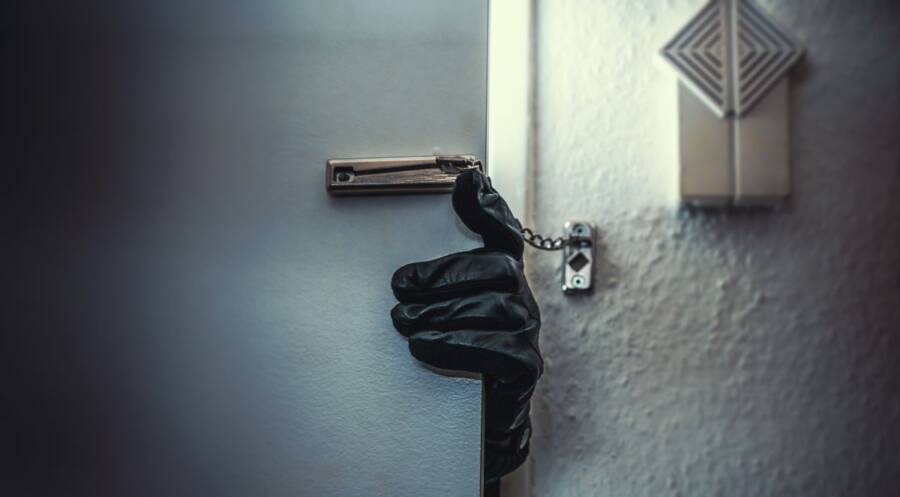Are You Dreaming of A Garden Full of Perennials?
If you’re living in Florida, finding the right balance for a garden filled with perennials can be quite the challenge. Why? Well, the answer is intuitive: you have to fight with all the heat and humidity that characterize the weather in the Sunshine State.
However, even with all that heat and humidity, there are so many perennials that are actually tailor-made for tropical environments! Today, we will look at our favorite perennial plants that can survive in the hot and humid state of Florida.
If you live there, you probably have a beautiful garden that needs to be filled with all sorts of flowers and foliage. What should you grow? After all, no matter how lovely they might be, if they can’t survive in that region, it’s pointless. Let’s see what kind of perennials work well in a very humid environment!
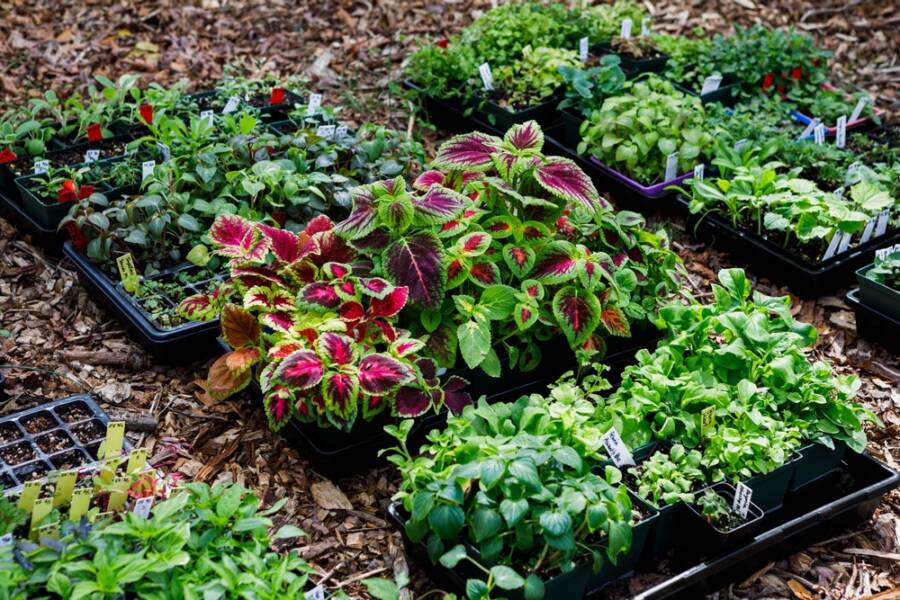
Anise Hyssop
If you love the idea of having mint in your garden, you need to check out anise hyssop. The plant is in the same family known as Lamiaceae. You can also use anise hyssop in various dishes, but what’s even more important is that it looks great in your garden.
The blossoms are lavender, which makes them striking and attractive. The foliage grows upwards, so it’s really impossible not to notice anise hyssop. You can grow it from seed via division or even stem cuttings.
If you decide on the seed route, you need to make sure the soil is well-moistened before planting. They are well known for their longer bloom times and are one of the few flowers that can easily bloom all year in Florida.
Black and blue salvia
When it comes to beautiful perennials you can grow in Florida, black and blue salvia is definitely one of the top choices. As the stems are black during the summer, this plant is quick to boast flowers in a bright shade of blue.
Deep green foliage grows on the black and blue salvia. This amazing combination makes for an intricate, eye-catching addition to your property. Black and blue salvia could develop a spread of up to 24 inches. It would also help if you constantly deadheaded the salvia. It will leave room for new blooms to appear. The black and blue salvia plant might bloom early to late in the summer.
Blue daze
You could hear others refer to Blue Daze as dwarf morning glory. This specific blue flowering shrub is mainly used for groundcover because gardeners appreciate this plant’s intricate combination of foliage with silver-green tints and blue flowers.
You could consider blue daze as the ideal perennial for your Florida garden, especially due to its ability to tolerate drought. As long as you get regular rainfall, you won’t even have to worry about watering them too often.
If you have blue dazes in your garden, you will probably have a nice time enjoying them in the morning because that’s when the flowers bloom. Later in the day, they might close up.
Bougainvillea
If you live in the northeastern region of Florida, bougainvillea will fit perfectly as a perennial in your garden. They can easily survive in harsh environments. If you don’t know anything about bougainvillea, it’s a colorful and rather tropical plant with amazing white flowers adorned with bright pink trim.
At times, the flowers are completely bright, even hot pink. It makes any property feel a lot like a tropical oasis. The best weather for bougainvillea is a dry, warm, or hot one with tons of sunlight. You can also find different varieties of bougainvillea, such as vine, tree, and flowering bush activities.
Bulbine
Bulbine is yet another popular perennial plant, ideal for any Florida garden. In order to grow bulbs, you need well-drained soil, and you should plant them in the sunniest spot in the garden. In other words, as long as your bulbine gets enough direct sun for a substantial part of the day, then it should grow well.
Also, don’t worry if you have low-nutrition soil. Bulbine might oftentimes thrive in lower-quality soils. Also, one of the best features of this plant is its orange and yellow flowers. These generally grow atop foliage that looks quite similar to long grass.
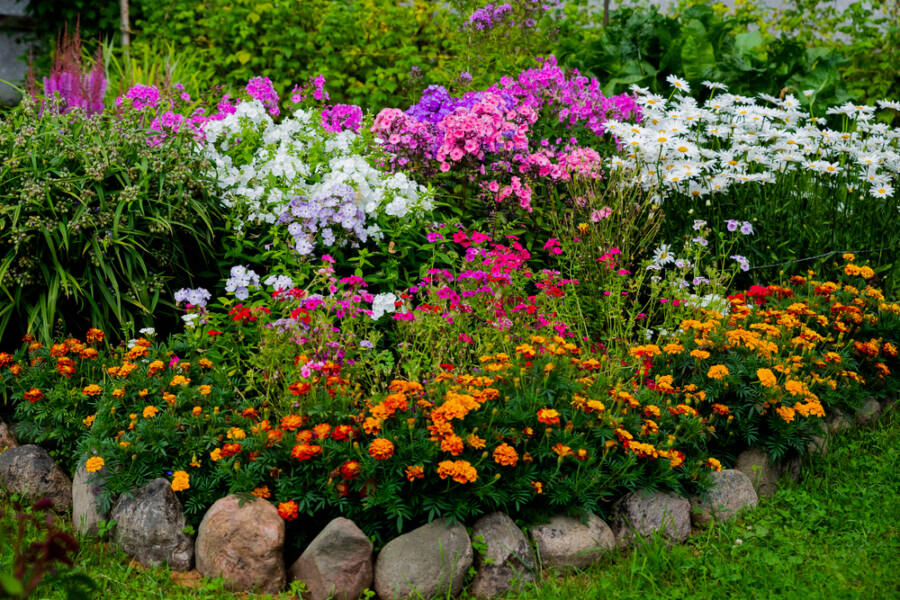
Buttercup
Buttercup is a cute bush-type plant that grows sweet little yellow perennial flowers. Each and every flower has five petals. At times, you will even hear people call buttercup yellow alder or Cuban buttercup. You can easily plant your buttercup as a small shrub or even spread groundcover.
This plant is quite remarkably resilient, and it’s not even that picky when it comes to the soil. Oftentimes, we see buttercup bushes rapidly growing on beaches after serious storms. However, one of the downsides of having buttercups is that they tend to attract pests such as aphids or whiteflies. Buttercup is also seen as a weed in some parts of the world.
Cuban gold duranta
Cuban gold duranta, commonly known as “gold mound,” is a shrub plant, and it’s wonderful for the hot Florida climate. The foliage you will see on this plant is more colorful than you think, especially since it has tints of both yellow and green.
In most cases, the yellow is quite bright. Also, bear in mind that you shouldn’t strive to plant Cuban gold duranta as a hedge. Instead, you can use it as an accent plant and plant it somewhere else in your garden. You could also plant Cuban gold duranta in well-drained soils, and you should also give it as much sun as you can. It will help enhance the color of the foliage.
Dianella var flax lily
If you’re dreaming of having beautiful foliage in your garden, you should try Dianella Var Flax Lily. The leaves are extremely glossy and green. You can easily use it as a border plant, too. In some instances, it could work as an accent for your flowerbeds.
The growth pattern of this plant is in clumps, so you need to keep that in mind when you’re making plans. Flax lily thrives in well-drained soil, and you could put it in spots with either partial shade or even full sun. If you would like to spread flax lily throughout the garden, we recommend you divide it during the spring months.
Echinacea purpurea
Also known as Eastern Purple Cornflower, Echinacea Purpurea is another rather popular choice for a proper Florida garden. You should aim to choose a spot with partial sun for this specific plant. Also, the secret is always to plant the Eastern purple cornflower in well-drained soil.
And make sure the echinacea purpurea won’t be exposed to excessive salt because the plant has a low tolerance for it. But besides this, the plant is quite flexible when it comes to soils, whether it’s sand, loam, or even clay.
Lantana
Lantana grows increasingly small, bright red flowers with light to medium green foliage. Also, you need to pay attention to one thing: Lantana is a groundcover or shrub-type plant. To properly maintain it, you should do some moderate cutting as it’s growing. As soon as the growing season is over, you should strive to cut it thoroughly, close to the ground.
If you found this article useful, we also recommend checking out: 5 Colorful Trees That Will Keep Your Garden Amazing All Year Long

